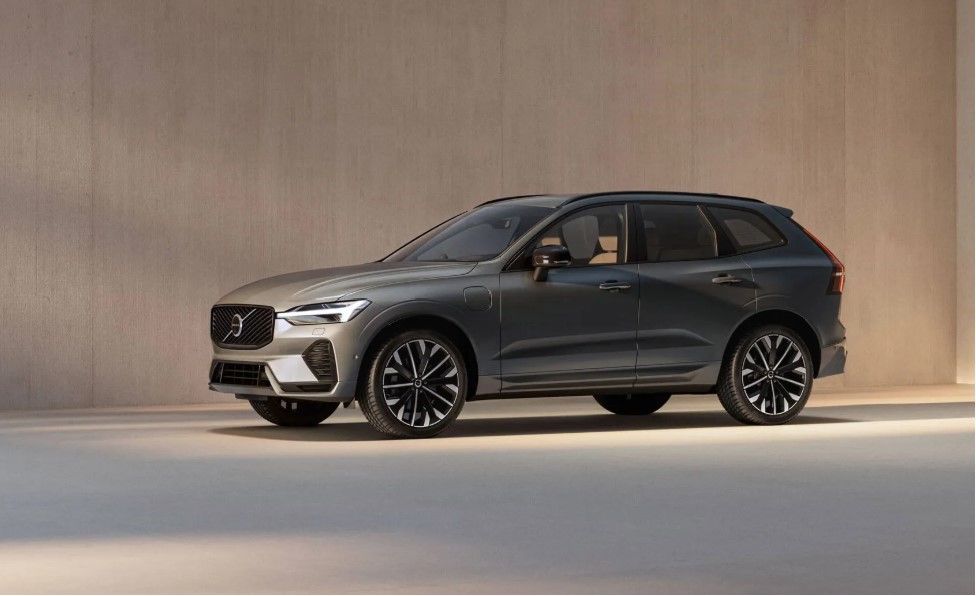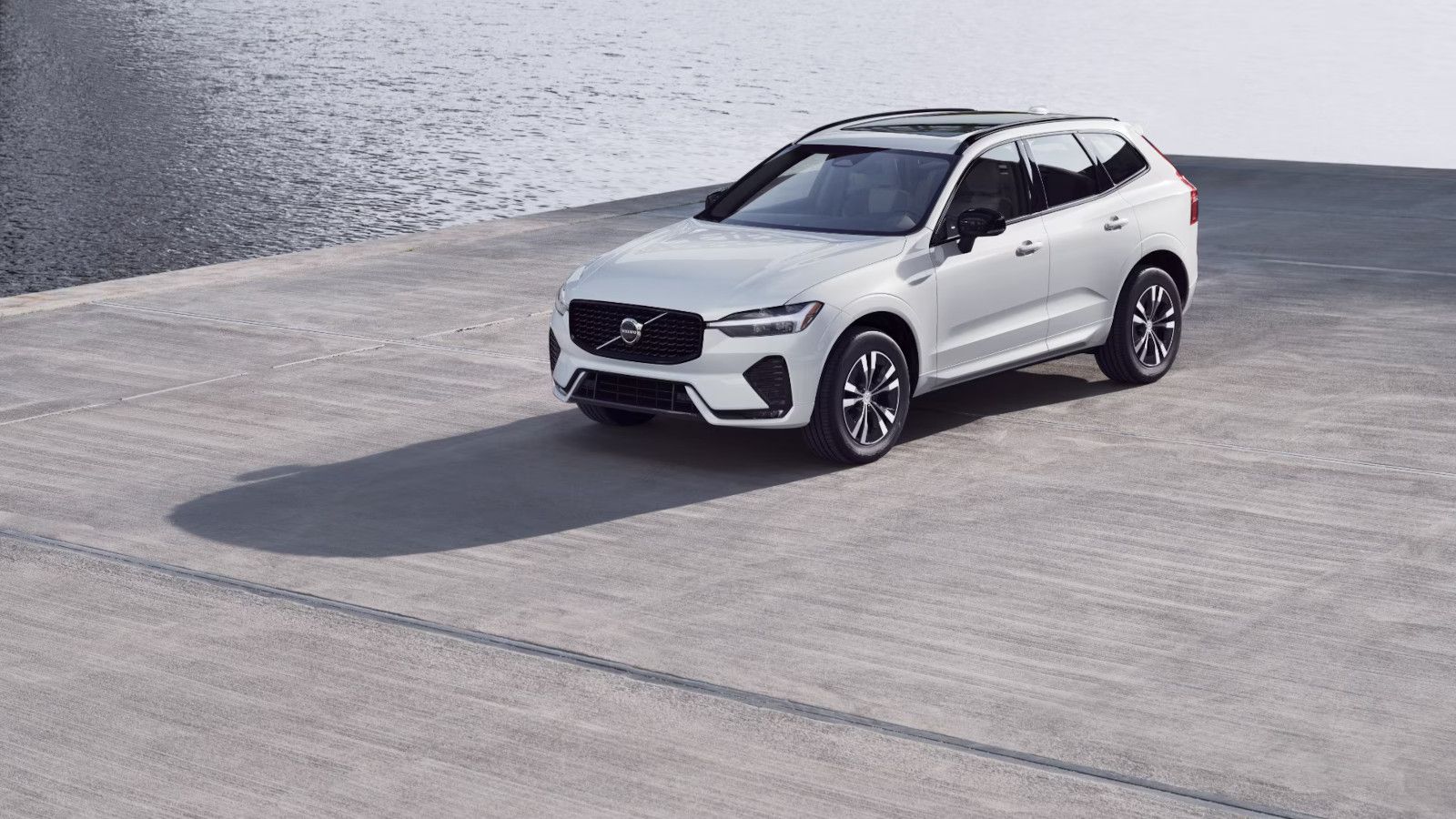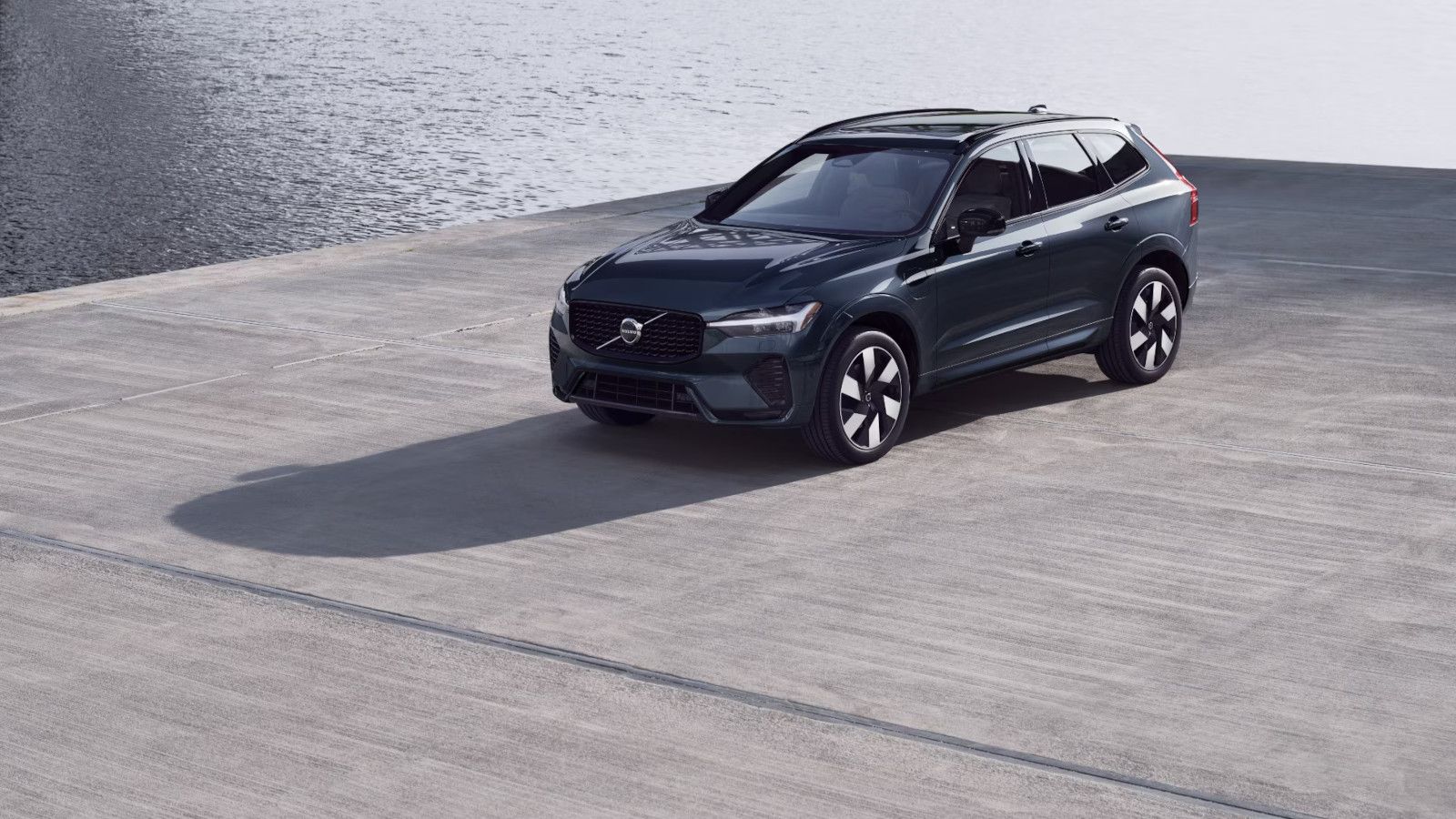
Discover the 2026 Volvo XC60 in Canada: Scandinavian Luxury Meets Urban Sophistication
Volvo Cars Toronto is proud to introduce the 2026 Volvo XC60, the premium midsize SUV reimagined for modern Canadian lifestyles. Blending...
Read moreVolvo Cars Toronto

Volvo vehicles are equipped with a forward collision warning system that can detect a wide range of obstacles, including large animals such as deer, moose or horses. Here is how the system works in this particular case.
The sensors
The Volvo forward collision warning system uses many sensors in order to detect a risk of collision. This creates redundancy in order to avoid unwanted activations and it makes the system more capable and more precise. For example, both a camera and a radar sensor are used to detect large animals on the road. The camera allows the vehicle to recognize the obstacle as an animal that needs to be avoided and the radar helps determine the distance between the front of the car and the animal. In addition, the radar allows the system to function at night when the camera has a more limited range of detection.
How it can avoid accidents
The forward collision warning system used in Volvo vehicles is engineered to help avoid or minimize a collision with large animals. To do so the vehicle warns the driver as soon as the animal is detected by flashing red lights directly into the windshield, sounding an alarm and even pulsing the brakes. If the driver doesn’t react, the system is also capable of fully applying the brakes in order to slow the vehicle down by up to 15 km/h. This means that at speeds equal to or lower than 15 km/h, a collision can be avoided entirely without the driver using any input. At higher speeds, this system can reduce the force of the impact in order to keep the occupants safe by reducing the speed at which the animal is struck.
Its limitations
As with all of Volvo’s driver assistance features, this technology is designed to help the driver, not replace them. This is because the system cannot detect large animals in every situation, such as when the animal is not crossing laterally in front of the vehicle or when it is partially hidden from that camera.

Discover the 2026 Volvo XC60 in Canada: Scandinavian Luxury Meets Urban Sophistication
Volvo Cars Toronto is proud to introduce the 2026 Volvo XC60, the premium midsize SUV reimagined for modern Canadian lifestyles. Blending...
Read more
Why the 2024 Volvo XC60 Strikes the Ideal Balance Between Comfort and Capability
The 2024 Volvo XC60 offers a harmonious blend of luxury and performance, catering to drivers who demand both comfort and capability from their...
Read more
10 Ways the 2025 Volvo XC60 Delivers the Perfect Family Vehicle Experience
The 2025 Volvo XC60, a luxury compact SUV, continues to shine as one of the top choices for families, especially in the Canadian market. Volvo’s...
Read more